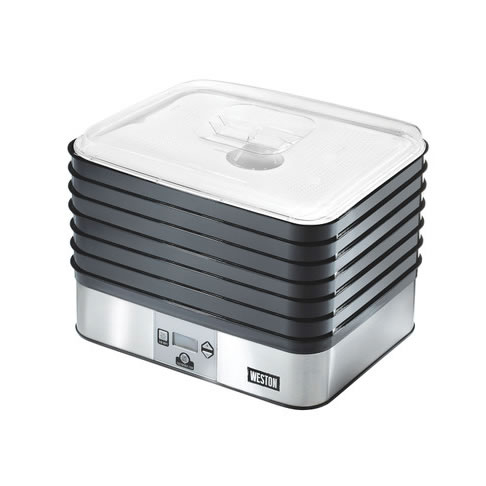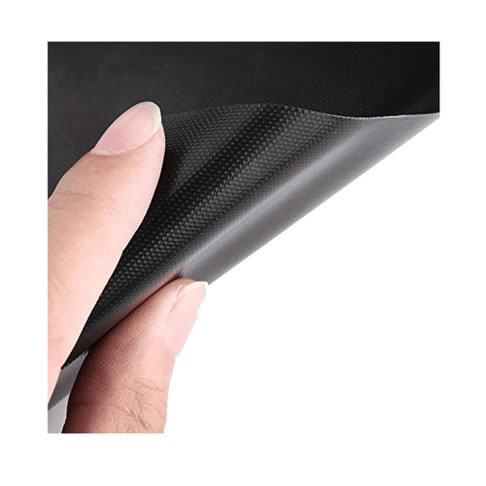Dehydrators for Businesses
Food dehydration isn't just a preservation method; it's an art form that can elevate the culinary experience. For chefs and food professionals, mastering advanced dehydration techniques opens up a world of creativity and flavor. This article delves into these techniques and how they can be used to enhance professional culinary offerings.
Enhancing Flavors Through Dehydration
- Concentrating Flavors: Dehydrating intensifies the natural flavors of ingredients, making them more potent and nuanced.
- Layering Flavors: Combine dehydrated ingredients with fresh ones to create complex flavor profiles.
Texture Manipulation
- Crispy vs. Chewy: Control the dehydration time and temperature to achieve the desired texture in fruits, vegetables, and meats.
- Powders and Crumbs: Grind dehydrated items to create fine powders or crumbs for coatings, garnishes, or flavor enhancers.
Innovative Uses of Dehydrated Foods
- Infusions: Use dehydrated fruits or herbs to infuse oils, spirits, or vinegars.
- Edible Garnishes: Create visually stunning, edible garnishes by dehydrating thin slices of fruits or vegetables.
Dehydrating Meats and Seafood
- Jerky and Biltong: Experiment with marinades and seasonings to create gourmet jerky and biltong.
- Seafood: Dehydrated seafood, like fish or shrimp, can be used as a flavor enhancer in dishes or as a standalone snack.
Dehydrating for Dietary Needs
- Gluten-Free and Vegan Options: Dehydrated fruits, vegetables, and legumes can provide creative, healthy alternatives for dietary restrictions.
- Nutrient-Dense Snacks: Offer nutrient-rich options like kale chips or dehydrated beet slices.
Preserving Seasonal Ingredients
- Long-Term Storage: Use dehydration to preserve seasonal ingredients, maintaining their quality and reducing food waste.
- Menu Planning: Incorporate dehydrated ingredients into menus to provide consistent flavors year-round.
Conclusion
Advanced food dehydration techniques offer endless possibilities for culinary professionals. They allow for innovation in flavor, texture, and presentation, enhancing the dining experience. As you explore these techniques, remember that experimentation and creativity are key to mastering the art of dehydration.




